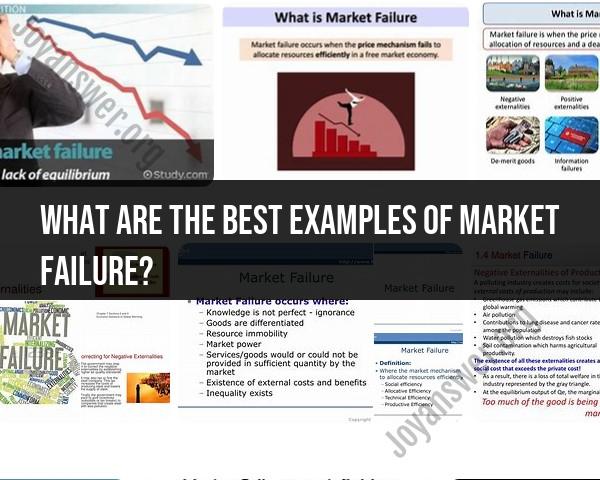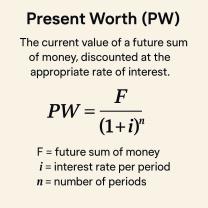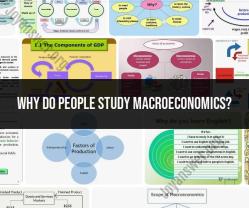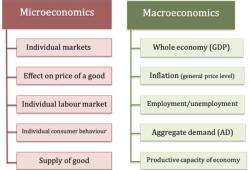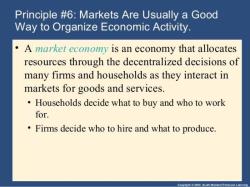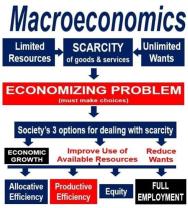What are the best examples of market failure?
Market failures can manifest in various ways, and there are several notable examples across different industries and sectors. Here are some well-known case studies that illustrate instances of market failure:
Environmental Pollution:
- Issue: Externalities related to industrial activities leading to pollution.
- Example: The emission of pollutants by factories and vehicles can result in air and water pollution. The costs of environmental damage, including health impacts and reduced quality of life, are often not borne by the polluters but by society at large.
Healthcare:
- Issue: Lack of universal access and information asymmetry.
- Example: In healthcare, asymmetric information between healthcare providers and patients can lead to overconsumption or inadequate provision of medical services. Additionally, the absence of universal healthcare can result in some individuals not having access to essential services.
Education:
- Issue: Inadequate provision of education as a public good.
- Example: Private firms may not find it profitable to invest in education, especially in impoverished areas. This can result in a lack of access to quality education for certain segments of the population, leading to long-term economic and social consequences.
Financial Markets:
- Issue: Information asymmetry and systemic risk.
- Example: The 2007-2008 financial crisis highlighted market failures in the banking and financial sector. Risky lending practices, complex financial instruments, and insufficient regulation contributed to a breakdown in the financial system, causing widespread economic downturns.
Natural Resource Depletion:
- Issue: Overexploitation of common resources.
- Example: The tragedy of the commons is a classic example where common resources, like fisheries or grazing lands, are overused by individuals acting in their self-interest. Lack of property rights and clear regulations can lead to depletion and degradation of these resources.
Monopolies and Oligopolies:
- Issue: Reduced competition and higher prices.
- Example: Monopolies and oligopolies can exploit their market power, leading to higher prices, reduced choice for consumers, and a lack of innovation. For instance, the market dominance of certain tech companies may limit competition and stifle innovation.
Information Technology and Privacy:
- Issue: Inadequate protection of privacy.
- Example: The collection and use of personal data by tech companies without sufficient transparency or user consent can be considered a market failure in terms of privacy protection. Users may not fully understand the implications of sharing their data.
Global Warming and Climate Change:
- Issue: Negative externalities from greenhouse gas emissions.
- Example: The burning of fossil fuels contributes to climate change, impacting ecosystems and communities globally. The costs of climate change, such as extreme weather events and rising sea levels, are often not fully borne by those responsible for the emissions.
These examples highlight the complexity of market failures, which can stem from various sources such as externalities, imperfect information, and inadequate provision of public goods. Addressing market failures often requires a combination of regulatory measures, incentives, and public policies to promote efficiency and equitable outcomes.
Recognizing market failures: What are the best examples of market failure?
There are many examples of market failure, but some of the most notable include:
- Monopolies: A monopoly is a market structure in which there is only one seller. This gives the seller the power to restrict output and raise prices above the competitive level. For example, Microsoft had a monopoly on the personal computer operating system market for many years.
- Cartels: A cartel is a group of firms that agree to work together to restrict output and raise prices. For example, the Organization of the Petroleum Exporting Countries (OPEC) is a cartel of oil-producing countries.
- Externalities: An externality is a cost or benefit that is not reflected in the market price of a good or service. For example, pollution is a negative externality that imposes costs on society that are not borne by the polluter.
- Information failures: Incomplete information occurs when buyers and sellers do not have all of the information they need to make informed decisions. For example, adverse selection can occur in the insurance market when people who are more likely to file claims are more likely to purchase insurance.
Examining notable instances and case studies illustrating market failures
Here are some notable instances and case studies illustrating market failures:
- The Great Depression: The Great Depression is often cited as an example of market failure. The collapse of the stock market in 1929 led to a financial crisis and a severe economic downturn. Governments around the world responded with a variety of policies, including tariffs and quotas. These policies exacerbated the Depression and made it longer and deeper.
- The subprime mortgage crisis of 2008: The subprime mortgage crisis of 2008 is another example of market failure. Lenders made risky loans to borrowers with poor credit histories. These loans were then packaged into securities and sold to investors. When the housing market collapsed in 2008, the value of these securities plummeted, leading to a financial crisis.
- Climate change: Climate change is a global market failure. The costs of climate change are borne by everyone, but the benefits of emitting greenhouse gases are concentrated in a few firms and individuals. This lack of incentives to reduce greenhouse gas emissions has led to a buildup of greenhouse gases in the atmosphere, which is causing the Earth's climate to change.
Insights into the consequences and lessons learned from examples of market failure
Market failures can have a number of negative consequences, including:
- Higher prices: Market failures can lead to higher prices for consumers. For example, monopolies and cartels can restrict output and raise prices above the competitive level.
- Lower quality: Market failures can lead to lower quality goods and services. For example, incomplete information can lead to adverse selection and moral hazard, which can reduce the quality of goods and services.
- Inefficiency: Market failures can lead to a waste of resources. For example, externalities can lead to overproduction or underproduction of goods and services.
- Unfairness: Market failures can benefit some people at the expense of others. For example, monopolies and cartels can exploit consumers, and externalities can impose costs on people who are not involved in the market activity.
The lessons learned from examples of market failure include:
- The importance of competition: Competition is essential for efficient markets. Governments can promote competition by setting antitrust laws and preventing monopolies and cartels.
- The need for government intervention: In some cases, government intervention is necessary to correct for market failures. For example, governments can impose taxes and subsidies to correct for externalities.
- The importance of information: Information is essential for efficient markets. Governments can regulate information to reduce the risk of incomplete information. For example, the government can require firms to disclose certain information about their products and services.
- The need for careful policy design: Government policies should be designed to avoid market failures. For example, the government can design subsidy programs in a way that does not lead to overproduction and waste.
By understanding the causes and consequences of market failures, policymakers can design more efficient and equitable economic systems.
